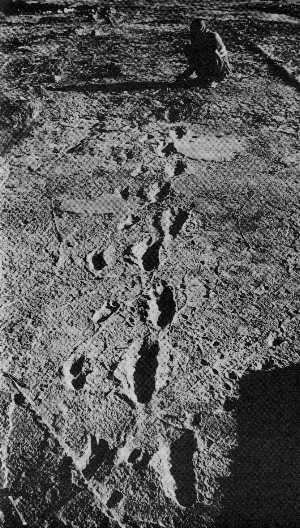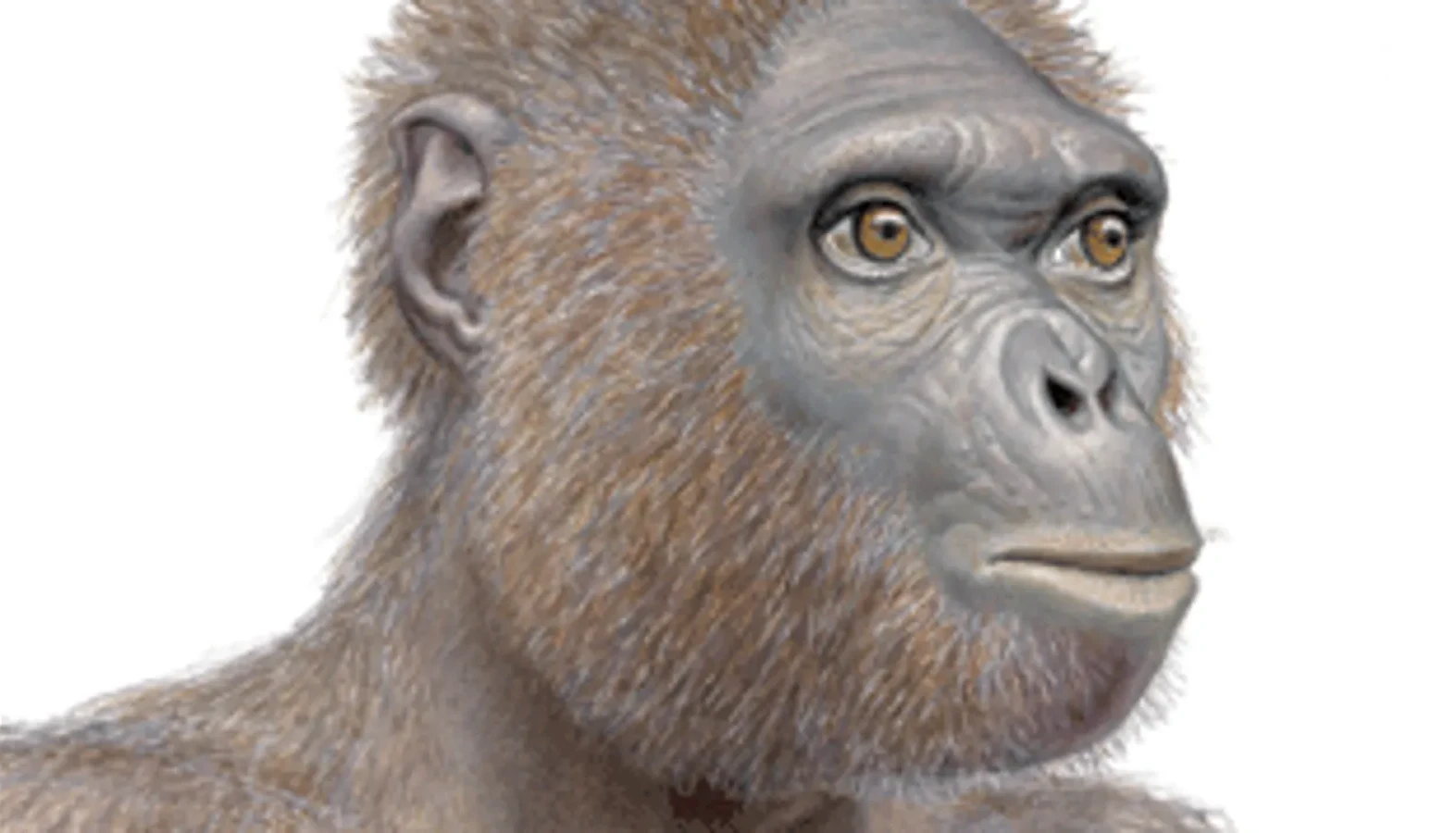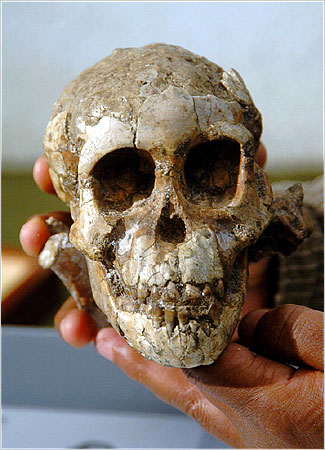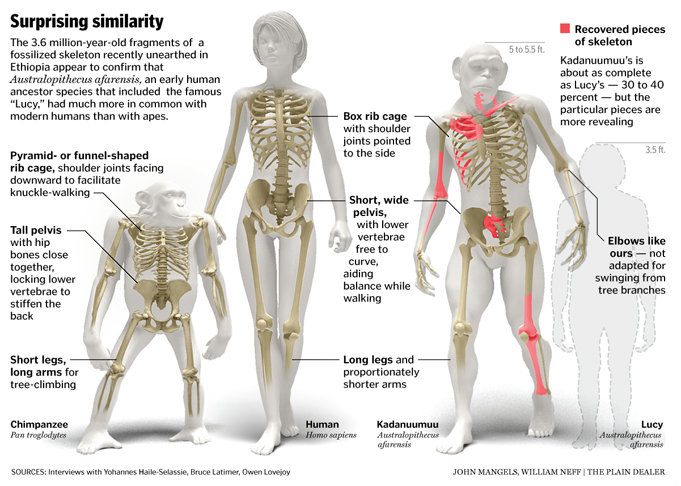PATTERN 2
APE THAT LEARNED TO LOVE HER BABY AND HER FELLOW APES

"We left Africa because we wanted to be explorers. We wanted to go on quests together.
Across the recently cooled lava fields, three Australopithecus Afarensis friends walk one sunny day 3.6 million years ago holding hands and playing with newly formed footprints on the soft ground while a light rain fell all around them. A fresh ash fall later in the evening covers the footprints and preserves this moment for over three million years to be stumbled upon by three Homo Sapiens friends while having an elephant dung fight.
The extraordinary 70-meter fossilized footprint trail in the dry rocky riverbed in Laetoli, Tanzania was found in 1978 by Mary Leakey, a British archaeologist, and her friends, Kay Behrensmeyer and Andrew Hill, during an elephant dung fight.
Two footprints are walking intimately close to each other, maybe the arm of the bigger one is draped around the smaller figure or maybe they are holding hands. There is a third set of footprints found inside the larger set of footprints. All around these footprints other animals' footprints are also fossilized - antelopes, rhinos, hyenas, saber-toothed cats, early relatives of elephants, hares, birds, and even raindrops. The smaller footprints have an indentation in the footprint on one side indicating that she might have been carrying something in her arms, maybe her baby. A heartwarming and strangely familiar image reaches out from the past and informs our present.
She is the ape that survived innumerable catastrophes along her evolutionary path to becoming us because she learned to love her baby and her fellow apes and it was this uniqueness passed down generation after generation that has led to the success and continued survival of our homo sapiens species. We looked after each other and believed in each other’s success.
In 1974 a female 3.2 million-year-old skeleton (Dinkinesh aka Lucy) belonging to our ancestor species of Australopithecus Afarensis was found and in 1994 another female 4.4 million-year-old skeleton (Ardi) belonging to another ancestor species Ardipithecus Ramidus was found. Both show toe anatomy similar to upright bipeds. They did not knuckle-walk like modern African apes nor showed any anatomical hints of descent from any such knuckle-walking ancestor. They look unlike anything ever seen before bearing no resemblance to modern-day apes.
The discovery of a toddler Australopithecus Afarensis skull (Dikika baby) confirms that their brain growth was also slow and developed over a long period, similar to modern humans. Thus proving that the neural plasticity in homo sapiens brains required to imagine a future different from the present was because of a virtuous circle of love and innovation established over millions of years supercharging our evolution to becoming us.
Sources
Newscientist - Our ancestors may have run a million years earlier than we thought by Colin Barras
Phys.org - Child fossil find in South Africa sheds light on enigmatic hominids by Griffin Shea
https://worldofpaleoanthropology.org/2021/12/01/new-foot-prints-found-at-laetoli/
World of Paleoanthropology - New Analysis of Footprints found at Laetoli by SethChagi
Age of Sage - Ardipithecus ramidus - human origins








